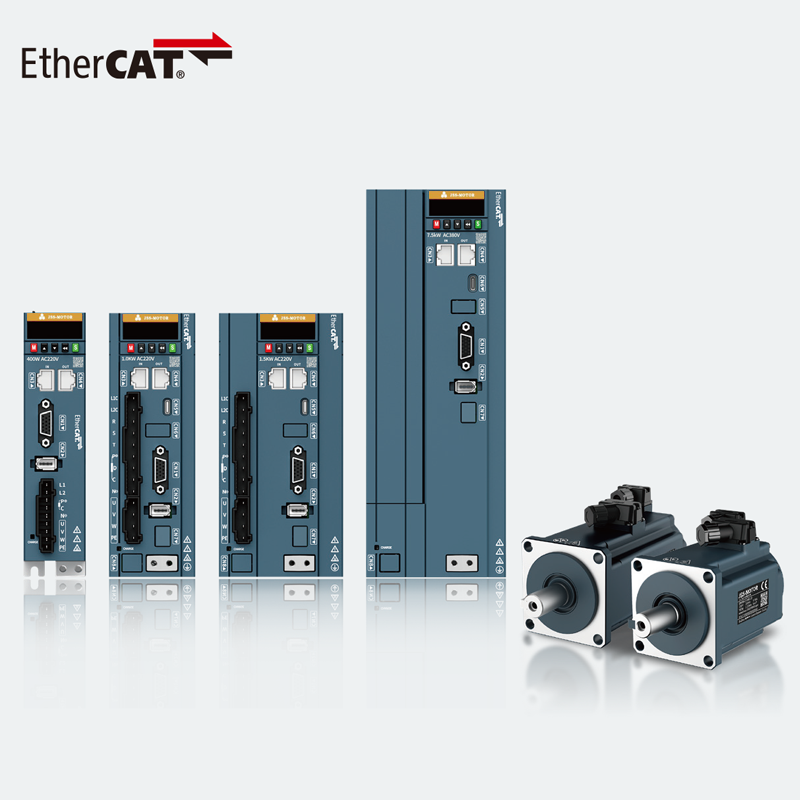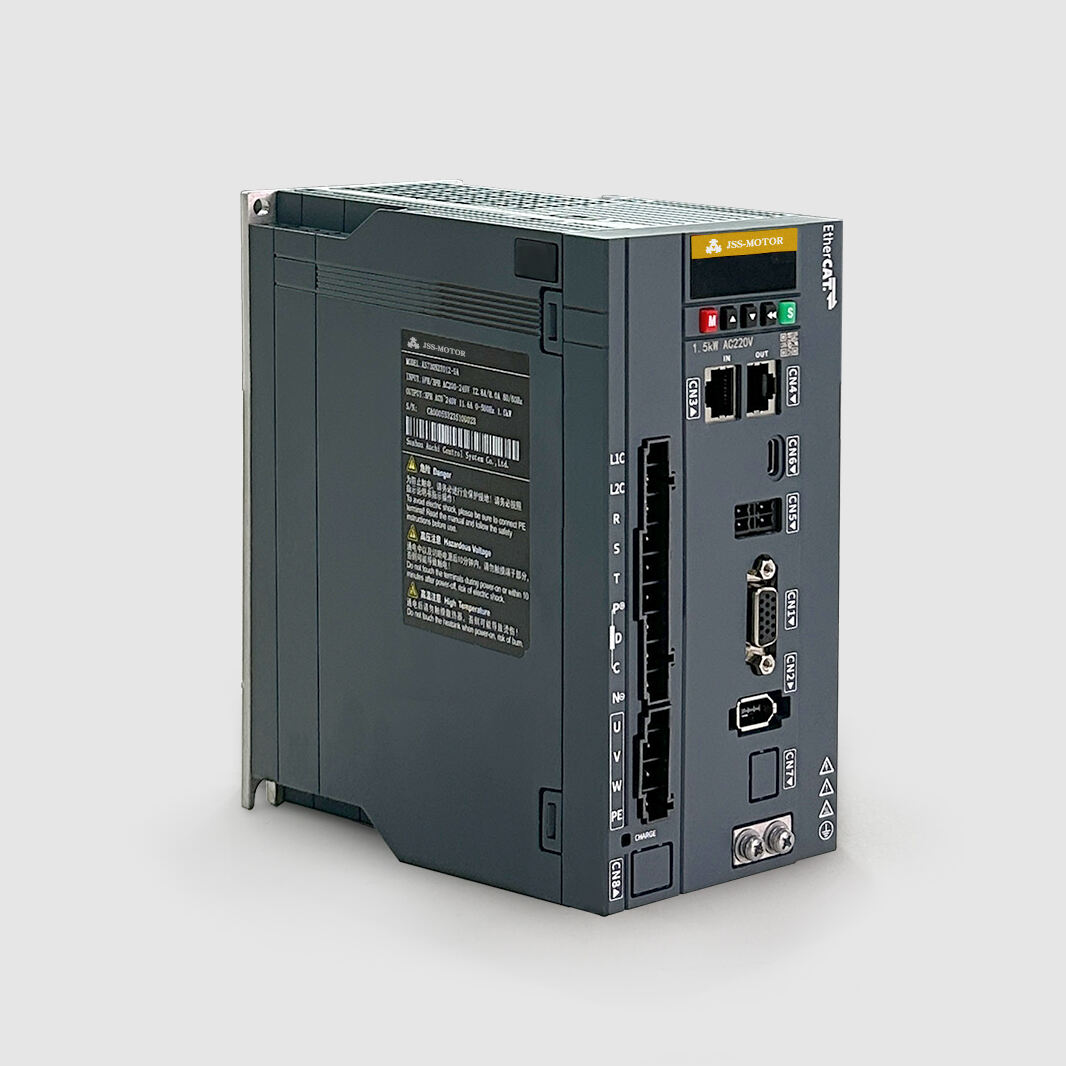Understanding servo drives is essential for anyone working in industrial automation, robotics, or precision manufacturing. A servo drive acts as the brain behind precise motion control, converting electrical signals into mechanical movements with exceptional accuracy. This comprehensive guide will explore the fundamentals of servo drive technology, its applications, and why it's crucial for modern industrial operations.

Understanding Servo Drive Technology
Core Components and Functions
A servo drive is an electronic amplifier that regulates the power delivered to a servo motor. The primary function of a servo drive is to receive command signals from a control system and convert them into precise motor movements. This sophisticated device monitors position feedback, velocity, and torque to maintain accurate motion control.
Operating Principles
Modern servo drives utilize advanced control algorithms to process feedback signals from encoders. These algorithms continuously adjust power output to achieve desired positioning accuracy. The servo drive system operates in a closed-loop configuration, constantly comparing actual position with commanded position to minimize errors.
Key Features of Servo Drive Systems
Precision Control Capabilities
The hallmark of a servo drive system is its ability to deliver precise motion control. Advanced servo drive technologies can achieve positioning accuracies down to micrometers, making them ideal for applications requiring extreme precision. This level of control is maintained through sophisticated feedback mechanisms and real-time adjustments.
Performance Parameters
Modern servo drive systems offer impressive performance metrics, including high acceleration rates, precise velocity control, and excellent torque regulation. These parameters can be fine-tuned through digital interfaces, allowing operators to optimize performance for specific applications.
Industrial Applications
Manufacturing Processes
In manufacturing, servo drive systems play a crucial role in CNC machines, robotics, and automated assembly lines. Their precise control capabilities enable complex manufacturing processes that require coordinated motion across multiple axes. The reliability of servo drive technology ensures consistent production quality and reduced downtime.
Specialized Industries
Servo drives find extensive use in semiconductor manufacturing, packaging machinery, and medical equipment. These industries rely on the exceptional accuracy and repeatability that servo drive systems provide. The ability to maintain precise positioning under varying loads makes them indispensable in these applications.
Installation and Maintenance
Setup Requirements
Proper installation of a servo drive system requires careful attention to power requirements, environmental conditions, and communication protocols. The setup process includes parameter configuration, tuning, and integration with existing control systems. Following manufacturer guidelines ensures optimal performance and longevity.
Maintenance Protocols
Regular maintenance of servo drive systems involves monitoring key parameters, checking connections, and performing periodic calibrations. Preventive maintenance schedules help identify potential issues before they lead to system failures. This proactive approach maximizes system reliability and reduces unexpected downtime.
FAQ
What is the typical lifespan of a servo drive?
A well-maintained servo drive typically operates reliably for 8-10 years in normal industrial conditions. However, factors such as operating environment, duty cycle, and maintenance quality can significantly impact longevity.
How often should servo drives be calibrated?
Professional calibration is recommended annually for most applications. However, high-precision operations may require more frequent calibration, possibly every 3-6 months, to maintain optimal performance.
Can servo drives be retrofitted to existing machinery?
Yes, many existing machines can be upgraded with modern servo drive systems. This process requires careful evaluation of mechanical compatibility, control system integration, and performance requirements to ensure a successful retrofit.

